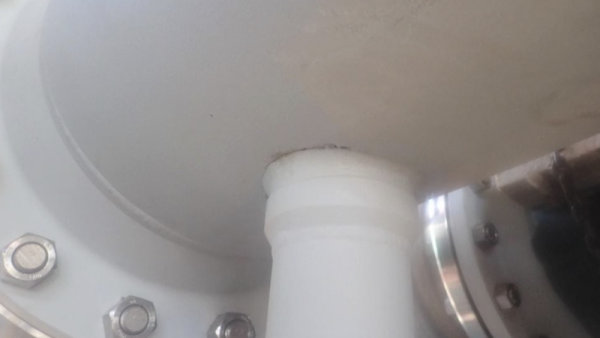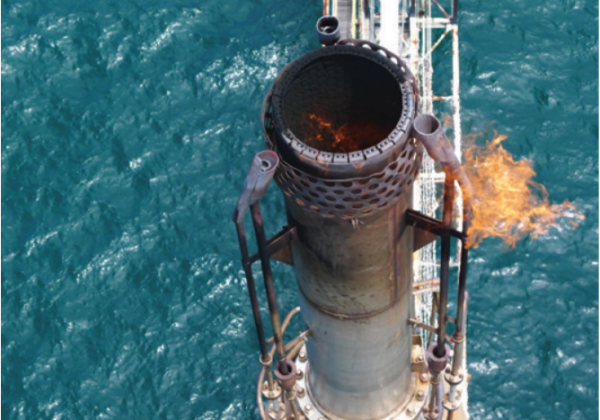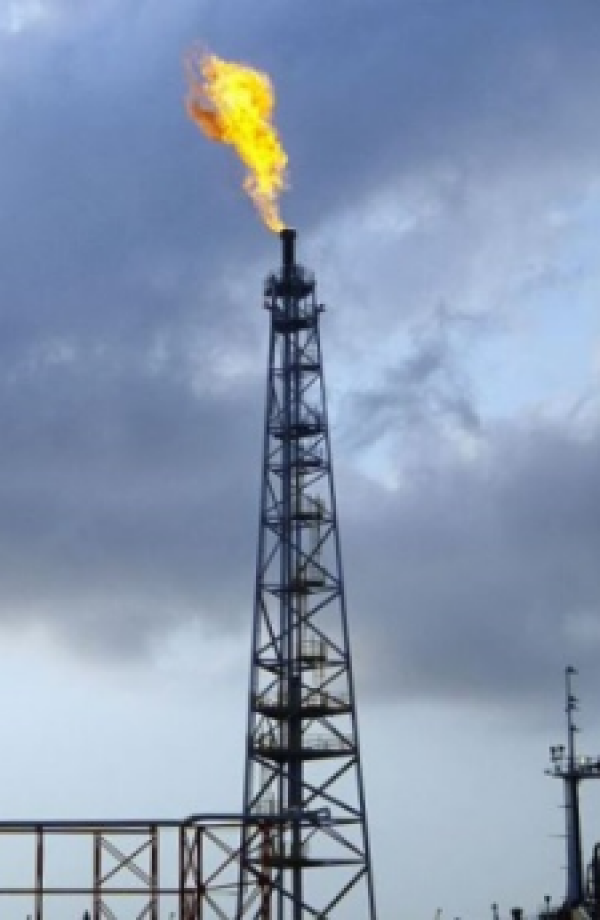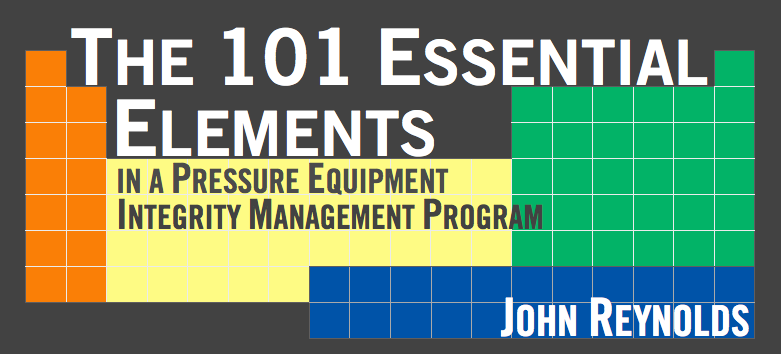Flare Systems (also known as gas flares) are an important piece of equipment for plants and refineries. Gas flares will burn up the flammable gases released by pressure relief valves when flammable gases are emitted by different types of plant equipment. This prevents these excess gases, which may be harmful, from leaking into the area immediately surrounding the equipment. Flaring most often occurs during startup and shutdown, when large amounts of excess gas are built up.
Flaring begins when excess gases are mixed with steam or air as they are pumped through large piping systems. These systems push the mixtures to flare stacks where they are then burnt, producing relatively safe water vapor and carbon dioxide. In this way, the process is very similar to the burning of liquid petroleum gases.
Flare systems should be inspected routinely for fouling and corrosion. Radiographic inspections for fouling material at strategic points will sometimes reveal that the flare lines are partially plugged; in these cases some maintenance and/or operating measures to clear the blockages are necessary. Ultrasonic scanning and/ or radiographic inspections for thinning are also vital to integrity management of flare systems. Major process safety incidents have occurred when thin flare lines separated and fell to the ground during slug flow conditions.
Related Topics
- Aboveground Storage Tanks (ASTs)
- Boiler Tubes
- Boilers
- Bolts
- Coker Units
- Cooling Towers
- Crude Distillation Unit (CDU)
- Deaerators
- Fired Heaters
- Fixed Equipment
- Flanges
- Furnace Tubes
- Glass-lined Equipment
- Heat Exchangers
- HF Alkylation Units
- Hydrocracking Unit
- Hydrotreater
- Piping
- Pressure Relieving Devices (PRDs)
- Pressure Vessels
- Rotating Equipment
- Vacuum Distillation Unit (VDU)
- Valves
Relevant Links
Topic Tools
Share this Topic
Contribute to Definition
We welcome updates to this Integripedia definition from the Inspectioneering community. Click the link below to submit any recommended changes for Inspectioneering's team of editors to review.
Contribute to Definition






















